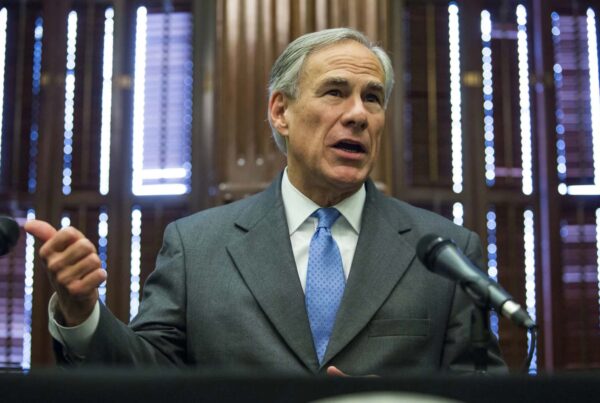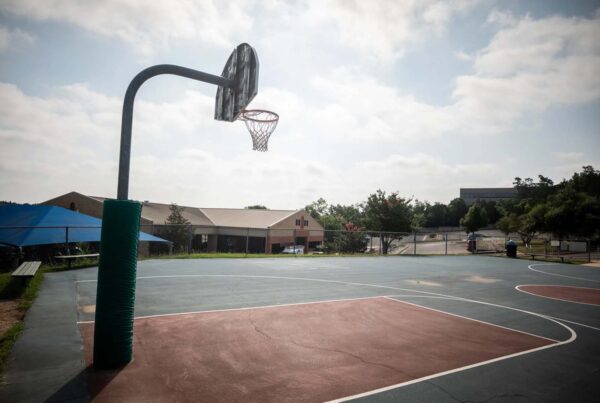The Texas Department of Transportation is planning to widen 28 miles of Interstate Highway 35 that pass through Austin – a multibillion-dollar project that will add lanes to parts of the highway that run through the heart of the city.
Rethink35, an Austin-based advocacy group that opposes the project, filed a lawsuit against TxDOT about environmental concerns back in 2021. Nearly two years after all that paperwork was finalized, the group has given up the legal battle, at least for now.
Rethink35 Executive Director Adam Greenfeld joined the Texas Standard to talk about why the lawsuit was dropped, the project’s environmental concerns, and what the group has planned next.
This transcript has been edited lightly for clarity:
Texas Standard: The big focus of the lawsuit was the idea of “segmentation.” Can you talk a little bit about what that is and how it relates to environmental concerns?
Adam Greenfield: Absolutely. So the Texas Department of Transportation, or TxDOT, decided to split this 28-mile widening project up into three segments: north, central and south. And we in our lawsuit alleged that that was a capricious segmentation and they were doing it to make it easier to get through environmental review. And we think – and I think most reasonable people would think, if anyone looks at the map – that this is obviously one long project, and the whole project should be given the most rigorous environmental review possible.
More than once, TxDOT has come under fire for cutting corners on that environmental review. Can you talk a little bit more about how they do their analysis?
Well, I can talk about the central portion of the project, which is the part through kind of the core of Austin. To call it flawed, I think, would be an understatement. This is a terrible, terrible document. They only studied carbon monoxide in the air pollution impacts. They didn’t study particulate matter from tire ware, ozone, nitrogen dioxide, sulfur dioxide.
They didn’t look at stormwater runoff. So right now, they are planning to take stormwater runoff water and just pipe it straight into the Colorado River. Who wants that in the center of Austin?
So, all right, now that big question: If you’re concerned TxDOT is trying to skirt environmental standards, why did your organization drop that lawsuit?
It was a difficult decision. The silver lining, the reason we dropped the lawsuit, is because we see very promising legal avenues coming. And unfortunately for nonprofits like ours, we just don’t have the capacity to fight multiple lawsuits at once. And while we haven’t announced anything yet about our next steps legally, you can expect to hear an announcement from us in the coming months about subsequent legal action.
This TxDOT expansion has been years in the making. What are the odds that you’ll be able to stop this expansion so late in the project timeline?
You know, the public opinion has been very much against this project for a while now. In the last publicly available round of public comments that TxDOT has, 87% roughly of the comments were against the expansion.
For us here in Central Texas, one of the biggest sources of inspiration is actually Houston, where people there stood up over the I-45 proposed expansion. The county sued, and the federal government actually told TxDOT to pause while they investigated problems with that project. And now that has set that project back some years, which buys time to kind of change the system around these kind of projects. So there is an enormous potential ahead of us. And politically, the wind is blowing in the right direction for us.
You hinted that your organization is potentially gearing up for another TxDOT lawsuit in the fall. What can you say about that?
You know, I think that the central portion of the project, which we didn’t sue over the first time – we’re looking at who would be plaintiffs. I can’t announce anything yet, but watch this space because we’re going to make some news in the fall.













